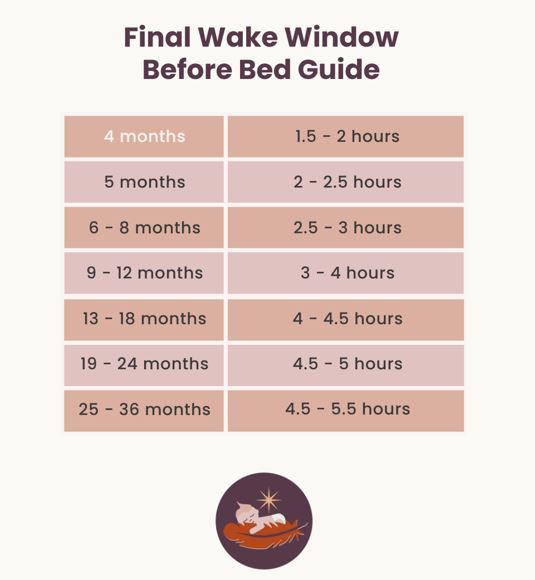Settling sleep for your little one and overcoming sleep concerns can be overwhelming for parents. There can be an information overload/conflicting information available and we don’t always know where to start to work on achieving a full night’s sleep for our child. This is one of the reasons I created ‘Colette’s steps to settled sleep’.
These are 5 practical steps parents can follow at their own pace to overcome any sleep concern they may be facing and combined they will help you to achieve a full night’s sleep for your child.
1. Reviewing sleep environment
A child’s sleep environment can impact both naps and their night’s sleep. Here is a brief checklist to help;
Sleep environment checklist;
-
Room temperature 18 - 22 degrees
-
Lighting - ideally none. If lighting is required, warm toned static lights.
-
Use black out blinds/curtains.
-
If using white noise, play for full nap / night.
2. Prioritising naps is important for settling nights
Better daytime sleep (quantity and quality) is an important step to settling overnight sleep. Ensuring your child is on an appropriate nap schedule is important to avoid overtiredness throughout the day. Overtiredness prior to nap time can contribute to shorter less restorative naps. The timing of those naps is important to achieve good consolidated naps which help to avoid a build-up of overtiredness from the day which can negatively impact on a child’s overnight sleep. I freely share sample sleep schedules on my Instagram page.
3. Ensuring an appropriate bedtime
Overtiredness at bedtime is one of the biggest causes of night waking’s. Using an age appropriate wake window between the end of the last nap of the day and bedtime helps to set your child up for a well-rested night, rather than using a default set bedtime.
The following are age appropriate wake windows I recommend before bedtime;
While a child of under 3 years of age is no longer napping, I recommend a bedtime of 6pm/6:30pm. For children of 4 years who no longer nap, I recommend a bedtime of no later than 7pm, and earlier if your child needs it.
4. Nap and bedtime routine
A wind down and consistent nap and bedtime routine is important. It improves one on one connection time with our little ones, and when both parents are consistent with a routine it can help form a learned sleepy cue and allow your little one to know what to expect, while setting a night’s sleep on a positive note.
5. Working on self-settling to sleep
How a child falls asleep at bedtime can impact on their sleep overnight. If your child requires support such as rocking to sleep, feeding to sleep, a parenting remaining in the room to fall asleep as examples, for some children this can result in additional night waking’s looking for similar/alternative support to return to sleep throughout the night. This is something I specialise in helping families to achieve using responsive methods only and I do not use cry it out.
Colette McCann
Certified Child Sleep Consultant, Parent Coach, and owner of Phoenix Dreams
Colette has lots of free resources on her website www.phoenixdreams.ie and on her social media channels.
Colette who is a busy mum of 2, specialises in working with children from the newborn stage through to 10 years of age. She is one of the only experts in both Child Sleep and Behaviour in Ireland, having built up a strong reputation in Ireland and abroad with new and repeat clients.






